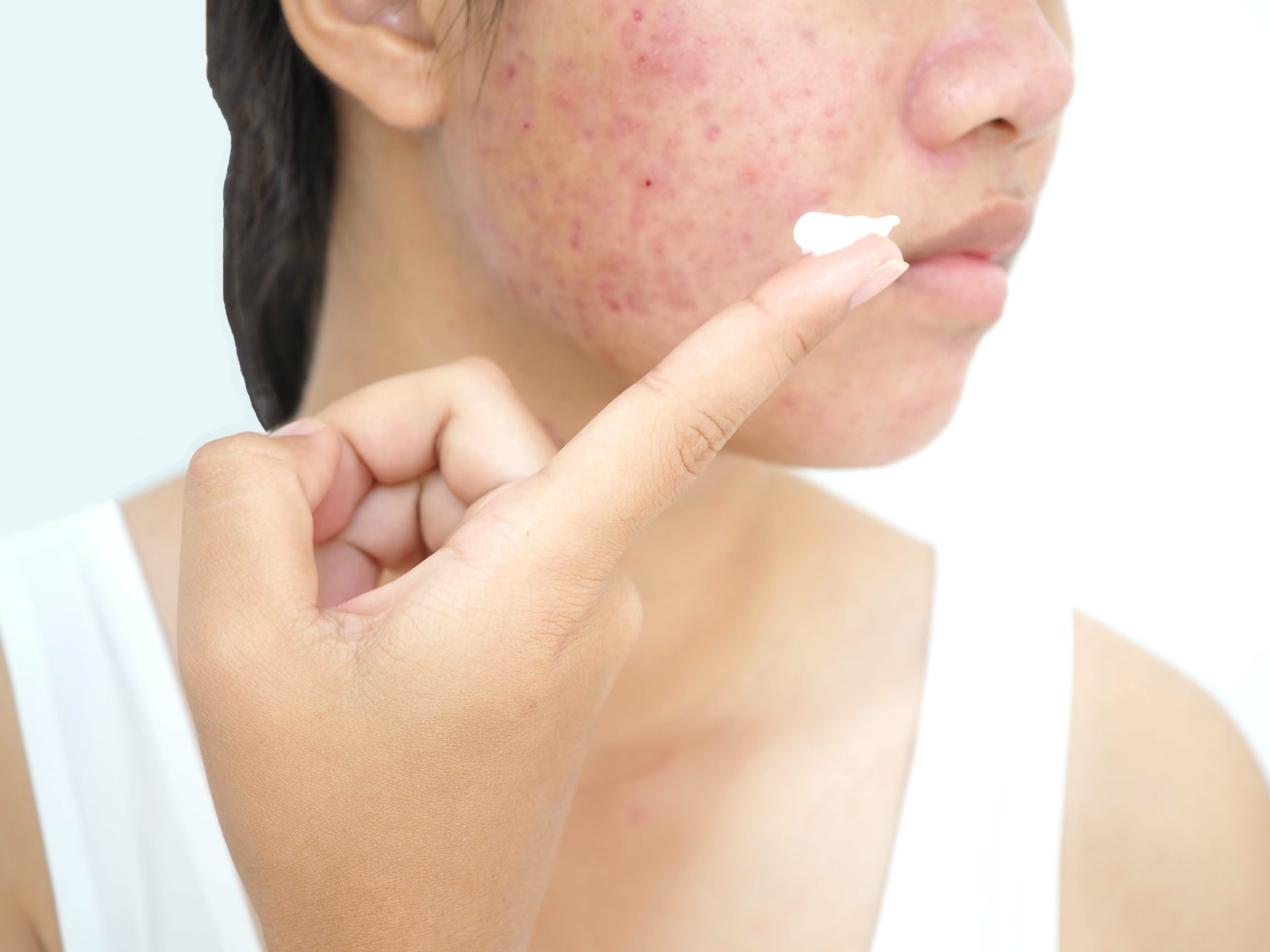- Case-Based Roundtable
- General Dermatology
- Eczema
- Chronic Hand Eczema
- Alopecia
- Aesthetics
- Vitiligo
- COVID-19
- Actinic Keratosis
- Precision Medicine and Biologics
- Rare Disease
- Wound Care
- Rosacea
- Psoriasis
- Psoriatic Arthritis
- Atopic Dermatitis
- Melasma
- NP and PA
- Skin Cancer
- Hidradenitis Suppurativa
- Drug Watch
- Pigmentary Disorders
- Acne
- Pediatric Dermatology
- Practice Management
- Prurigo Nodularis
- Buy-and-Bill
News
Article
Information on TikTok About Spironolactone is Unreliable, New Study Finds
Key Takeaways
- TikTok videos on spironolactone are generally unreliable, with low mDISCERN and GQS scores indicating poor quality and reliability.
- Most videos are patient testimonials, while educational videos by dermatologists score higher but still lack comprehensive reliability.
The top videos under the hashtag, #spironolactone” had low scores on the mDISCERN and GQS scales, according to Adam Friedman, MD, FAAD, senior author of the study.
Image Credit: © Айман Дайрабаева - stock.adobe.com

As an increasing number of patients turn to social media platforms like TikTok for health care information, concerns about the accuracy of content have emerged. A new study by investigators at George Washington University evaluated the quality of TikTok videos related to spironolactone, a common hormone-based treatment for acne, androgenetic alopecia, and hidradenitis suppurativa.1 It was discovered that the top videos under the hashtag “#spironolactone” are generally unreliable.
“Sadly, this finding was not surprising,” said Adam Friedman, MD, FAAD, senior author of the study and Chair of Dermatology at the GW School of Medicine and Health Sciences. “We are not the first nor certainly the last to underscore the low quality of highly viewed content through social media, which is certainly concerning when dealing with the health of our patients.”
A new account was created to lessen the influence of an established algorithm. The search of “#spironolactone” was conducted on December 11, 2023. Through this search, it was discovered that all videos linked to the hashtag had a combined 108 million views at the time. Investigators analyzed the top 50 videos using the modified DISCERN (mDISCERN) score and Global Quality Scale (GQS). These criteria evaluated the quality and reliability of the information being presented, with a total score of “5” indicating the highest value.
Of these top videos, 39 were patient-made testimonials (78%), 10 were educational clips (20%), and 1 was a documentary (2%). Of the 10 educational videos, 8 were created by dermatologists. Previous studies have demonstrated that videos made by board-certified dermatologists had a higher probability of being reliable, compared to those created by non-dermatologists.2
Researchers found that the top 50 spironolactone videos in particular had over 100 million views. Educational videos had an average of 370,828 views, the highest of all the categories. The single documentary video had 264,200 mean views while the testimonials had a combined average of 220,627 views.
“We need guardrails on medical information disseminated via social media,” Friedman noted. “This study is one example of how we can demand evidence-based content by exposing limitations, especially of highly utilized and viewed posts.”
Even with these impactful view counts and TikTok’s overwhelming popularity, the top videos had overall poor reliability and quality. The cumulative scores for all 50 videos were 1/5 on the mDISCERN scale and 2/5 on the GQS scale. No videos reached the maximum score of 5.
Moreover, there was a significant difference in mDISCERN scores of testimonial videos (p < 0.001) compared to educational videos. The educational videos had the highest average mDISCERN score of 3/5. The documentary and patient testimonial types each had a score of 1.
In terms of GQS scores, educational clips also had the highest average of 4/5. Patient testimonials had a score of 2/5 while the documentary had a score of 1/5. More specifically, there was a significant difference in GQS scores for documentary clips (p = 0.0254) and testimonial videos (p < 0.001) compared to educational videos.
Most of the posts did not include areas of uncertainty or cite additional references in the way that other publications do. The lack of quality in this content can impact patient decision-making and expose users to misinformation related to therapy efficacy, self-initiation and discontinuation, and adverse effects.
“Access to online or social media-based medical information, regardless of how unreliable, is faster and more efficient than getting into the board-certified dermatologist’s office. The volume of content highlights an unmet need that calls upon us to use creative approaches to address this,” Friedman said. “The American Academy of Dermatology, for example, launched the 'Your Dermatologists Knows' campaign that provides evidence-based content from purposefully selected dermatologists. We need more of that.”
With this research, the authors stress that dermatologists prescribing spironolactone should educate their patients on the potential misconceptions of treatment that are shared online. It is also recommended that standardized guidelines should be developed for healthcare providers who choose to engage on TikTok or other social media platforms.
References
1. VidalS, Baek P, Menta K, et al.Evaluating Quality and Reliability of Most-Viewed TikTok Videos About Spironolactone. J. Drugs Dermatol. doi:10.36849/JDD.8681e.
2. Villa-Ruiz C, Kassamali B, Mazori DR, et al. Overview of TikTok's most viewed dermatologic content and assessment of its reliability. J Am Acad Dermatol. 2021;85(1):273-274.





